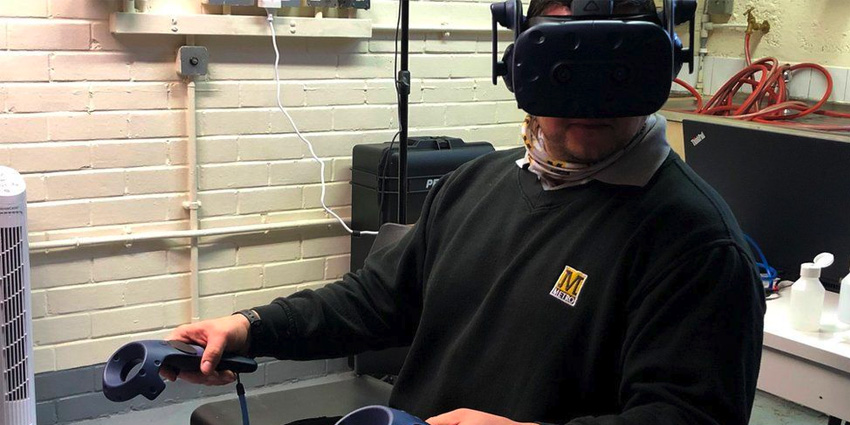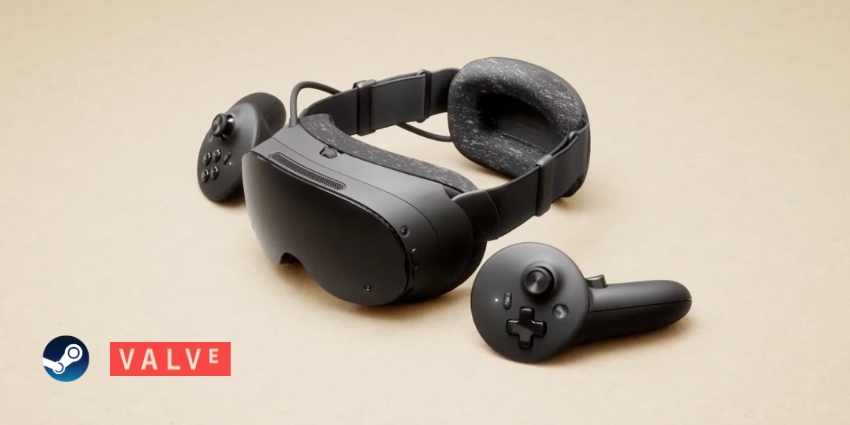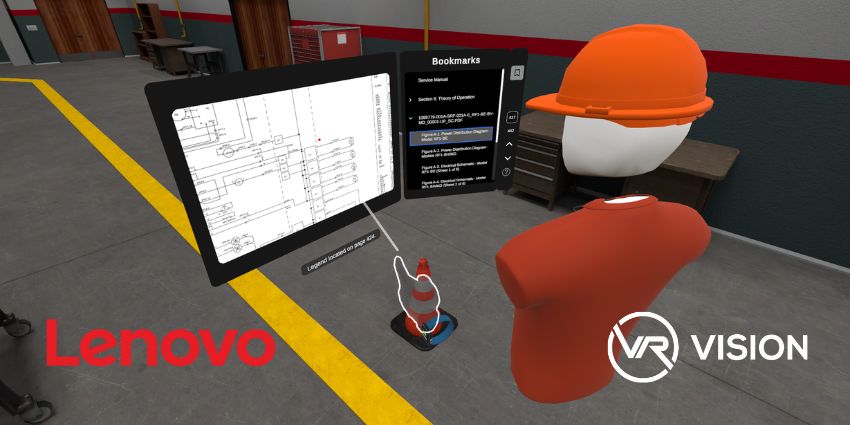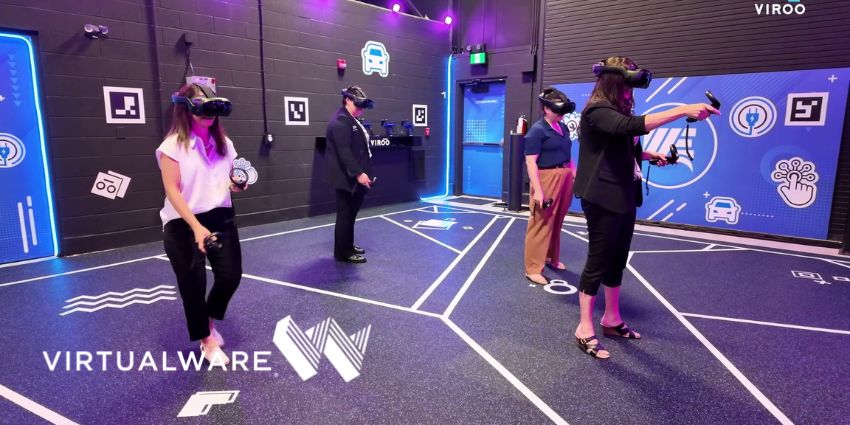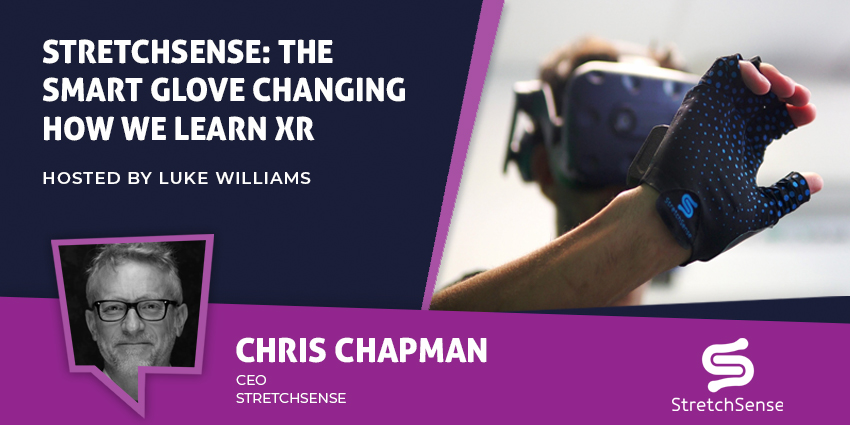Many people saw VR as a novel consumer technology designed to support better gaming and entertainment experiences for a while. Companies in the entertainment landscape have certainly taken advantage of the new and disruptive tools available. However, enterprise groups worldwide also recognize the value that XR could offer to their operations.
With virtual reality, companies can build safe environments where employees can develop new skills, design products without waste, and make various resources. Although there are many ways to bring VR into the business space, many companies focus on this technology’s training applications right now and how it can deliver better skill development for lower costs.
For instance, Tyne and Wear Metro drivers are now accessing virtual reality technology to examine the performance of a new fleet of trains. The VR strategy means that the drivers can get used to the train’s functionality without worrying about COVID restrictions.
Testing Trains with VR
With virtual reality, the Metro drivers can use computer-generated imagery to access a virtual tour of the train layout and controls. This makes it easier for drivers to deliver useful feedback before the trains even get built. According to the Metro operator, Nexus, the headsets are becoming vital in training crews and getting them ready to operate the new technology.
Developers building the trains, valued at around £362 million, will utilize drivers’ feedback before during construction. According to Development Director, Neil Blagburn, VR helps ensure that the trains can deliver the best drivers’ layout. Nexus has also confirmed that many of their 155 drivers will be using VR technology throughout the development’s consultation period.
The headsets are available through a Swiss manufacturer named Stadler, which builds around 46 Metro trains that will begin operation in 2023. According to the Project Manager, Adrian Wetter, the feedback will help iron out any issues before the production line starts rolling out in 2021.
The VR kit will allow drivers to test the new trains from the project’s early stages. The solution also means that teams can prepare months in advance and feel comfortable behind the controls before the trains start to roll out.
